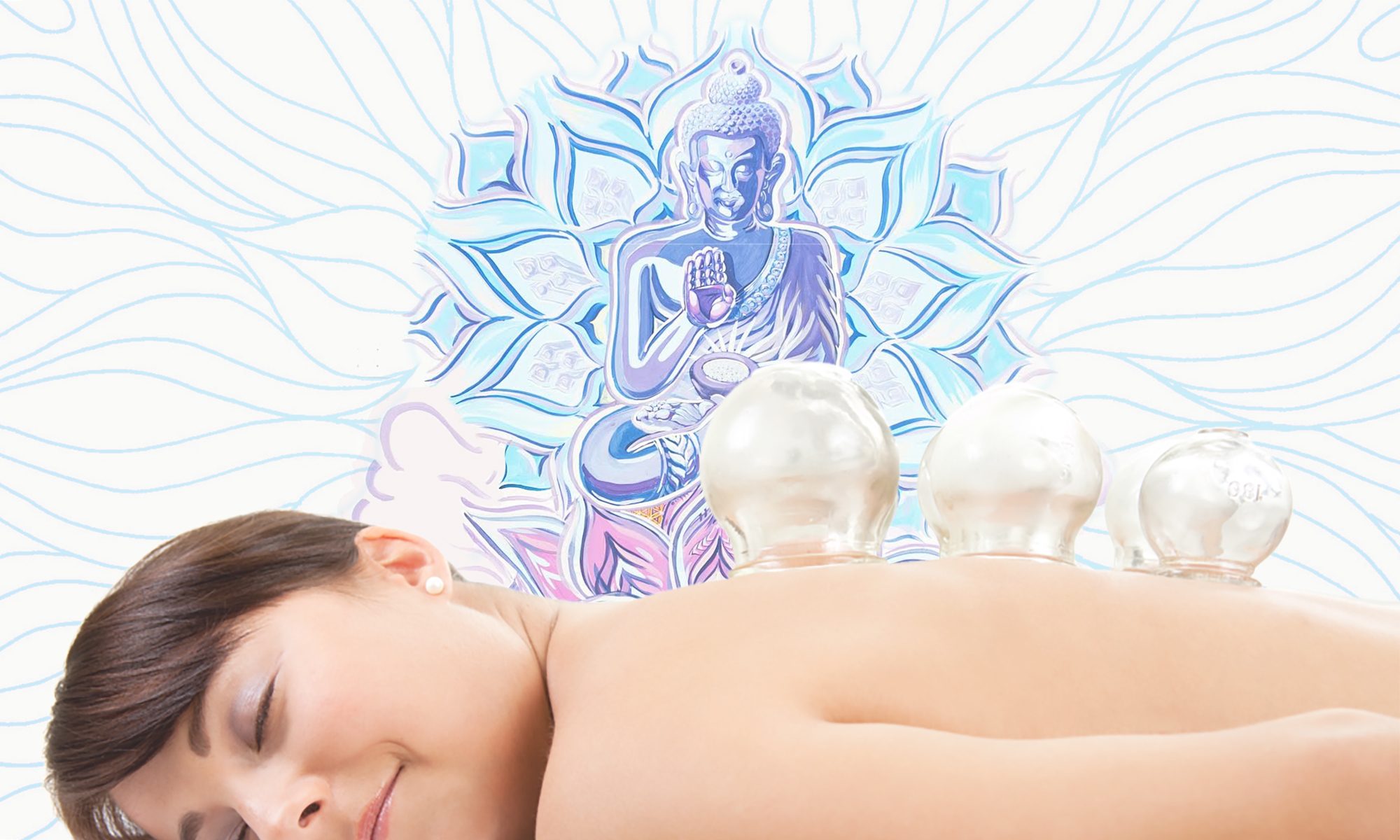You may have heard of Qi before. It seems to be a universal concept that spreads across many cultures and not just in Chinese medicine. In Hawaii we call Qi Mana which is significant of all the energy humans store in their land, their home and one another through hard work and diligence Mana is cultivated and stored in the Aina. In Japan the idea of Qi is represented as Ki a spiritual force or power that one cultivates through meditation and a single minded focus when practicing any art (also an aspect of Zen Bhudism).
Qi, pronounced “chee”, means energy. You may see it spelled “Chi” or even “Ki” in Japanese, but they all carry the same meaning. Qi is the energy of the body, of the meridians, of food, of the universe. Originally qi referred to the air in the sky, the breath of humans, or the atmosphere of the earth. It was not a philosophical term at first. Later that denotation extended gradually. The character for Qi represents the steam rising from cooking rice. This is symbolic of the energy contained in the steam. In the Spring and Autumn Period (770-476 B.C.), qi was already used to explain astronomy, diseases, flood, drought, the five flavors, five colors and five voices. It was believed that everything visible was developed from invisible qi.
Jing, or essence, is also a kind of qi. It is the pure part of qi. The theory of essential qi is at the core of ancient Chinese culture. It was the methodology to understand the world and was a leading philosophical idea at the time. It was also a plain summary of the source of this universe.
The major contents of essential qi theory are:
1) Essential qi is the fundamental substance that forms everything.
2) Theory of qi transformation
Everything in the universe is made of qi. Essential qi gathers in a way that the invisible becomes visible. The shape of a thing is thus formed. When essential qi dissipates, the visible become invisible. The shape of a thing disappears and returns to invisible essential qi. As an element of this universe, man is also made of qi. The shape of man comes from the qi of the earth while the essential qi of man comes from the qi of heaven.
Qi transformation means the movements and changes of qi and every substance as well. Qi is the most basic substance to sustain life while qi transformation is the original source of life’s activity. Constant, harmonious movements of qi are responsible for all the physiological activities. Meanwhile, qi transformation provides the fundamental substances needed for the body and expels the wastes of metabolism. Ascending, descending, exiting and entering are the basic forms of qi movements. These four forms are indispensable to each other and cooperate to ensure the order and stability of the body. Therefore qi transformation is present in a living organism anywhere, anytime. It maintains not only the unity of body and environment, but also the harmony of metabolism in the body to ensure normal life activities.
Traditional Chinese medicine understands the physiology and pathology of the body, diagnosis and treatment of diseases on the basis of the essential qi theory. Essential qi is the basic substance that makes up the body. Physiological and pathological changes of the body are the results of normal and abnormal qi movements, respectively. The process of analyzing the qi’s movements is diagnosis in Chinese medicine, also called syndrome differentiation. So the purpose of treatment is to adjust the abnormality of qi’s movements.
